Brenton R. Clarke0470025662, 9780470025666, 9780470377970
Linear Models explores the theory of linear models and the dynamic relationships that these models have with Analysis of Variance (ANOVA), experimental design, and random and mixed-model effects. This one-of-a-kind book emphasizes an approach that clearly explains the distribution theory of linear models and experimental design starting from basic mathematical concepts in linear algebra.
The author begins with a presentation of the classic fixed-effects linear model and goes on to illustrate eight common linear models, along with the value of their use in statistics. From this foundation, subsequent chapters introduce concepts pertaining to the linear model, starting with vector space theory and the theory of least-squares estimation. An outline of the Helmert matrix is also presented, along with a thorough explanation of how the ANOVA is created in both typical two-way and higher layout designs, ultimately revealing the distribution theory. Other important topics covered include:
Vector space theory
The theory of least squares estimation
Gauss-Markov theorem
Kronecker products
Diagnostic and robust methods for linear models
Likelihood approaches to estimation
A discussion of Bayesian theory is also included for purposes of comparison and contrast, and numerous illustrative exercises assist the reader with uncovering the nature of the models, using both classic and new data sets. Requiring only a working knowledge of basic probability and statistical inference, Linear Models is a valuable book for courses on linear models at the upper-undergraduate and graduate levels. It is also an excellent reference for practitioners who use linear models to conduct research in the fields of econometrics, psychology, sociology, biology, and agriculture.
Table of contents :
Linear Models: The Theory and Application of Analysis of Variance……Page 5
CONTENTS……Page 9
Preface……Page 13
Acknowledgments……Page 17
Notation……Page 19
1 Introduction……Page 21
1.1 The Linear Model and Examples……Page 22
1.2 What Are the Objectives?……Page 31
1.3 Problems……Page 33
2.1 Basis of a Vector Space……Page 37
2.2 Range and Kernel……Page 39
2.3 Projections……Page 43
2.3.1 Linear Model Application……Page 46
2.4 Sums and Differences of Orthogonal Projections……Page 47
2.5 Problems……Page 49
3.1 The Normal Equations……Page 53
3.2 The Gauss-Markov Theorem……Page 57
3.3 The Distribution of SW……Page 61
3.4 Some Simple Significance Tests……Page 65
3.5 Prediction Intervals……Page 66
3.6 Problems……Page 68
4.1 Motivation……Page 73
4.2 Noncentral X 2 and F Distributions……Page 75
4.2.1 Noncentral F-Distribution……Page 79
4.2.2 Applications to Linear Models……Page 80
4.2.3 Some Simple Extensions……Page 81
4.3 Problems……Page 87
5.1 Transformations to Independent Normally Distributed Random Variables……Page 97
5.2 The Kronecker Product……Page 101
5.3 Orthogonal Components in Two-Way ANOVA: One Observation Per Cell……Page 103
5.4 Orthogonal Components in Two-Way ANOVA with Replications……Page 115
5.5 The Gauss-Markov Theorem Revisited……Page 117
5.6 Orthogonal Components for Interaction……Page 119
5.6.1 Testing for Interaction: One Observation per Cell……Page 122
5.6.2 Example Calculation of Tukey’s One-Degree-of- Freedom Test Statistic……Page 123
5.7 Problems……Page 126
6.1 The Various Representations of Orthogonal Components……Page 133
6.2 On the Lack of Orthogonality……Page 140
6.3 Relationship Algebra……Page 142
6.4 Triple Classification……Page 147
6.5 Latin Squares……Page 153
6.6 2k Factorial Design……Page 158
6.6.1 Yates’ Algorithm……Page 162
6.7 The Function of Randomization……Page 163
6.8 Brief View of Multiple Comparison Techniques……Page 164
6.9 Problems……Page 167
7 Residual Analysis: Diagnostics and Robustness……Page 179
7.1 Design Diagnostics……Page 182
7.1.1 Standardized and Studentized Residuals……Page 183
7.1.3 Cook’s D-Statistic……Page 185
7.2 Robust Approaches……Page 186
7.2.1 Adaptive Trimmed Likelihood Algorithm……Page 190
7.3 Problems……Page 195
8 Models That Include Variance Components……Page 199
8.1 The One-Way Random Effects Model……Page 200
8.2 The Mixed Two-Way Model……Page 204
8.3.1 A Traditional Model……Page 207
8.4 Problems……Page 211
9 Likelihood Approaches……Page 215
9.1 Maximum Likelihood Estimation……Page 216
9.2 REML……Page 222
9.3 Discussion of Hierarchical Statistical Models……Page 225
9.3.1 Hierarchy for the Mixed Model (Assuming Normality)……Page 226
9.4 Problems……Page 228
10 Uncorrelated Residuals Formed from the Linear Model……Page 229
10.1 Best Linear Unbiased Error Estimatest……Page 231
10.2 The Best Linear Unbiased Scalar Covariance Matrix Approach……Page 232
10.3 Explicit Solution……Page 233
10.4 Recursive Residuals……Page 235
10.4.1 Recursive Residuals and their propertiest††……Page 236
10.5 Uncorrelated Residuals……Page 238
10.5.1 The Main Results……Page 239
10.5.2 Final Remarks……Page 240
10.6 Problems……Page 241
11 Further inferential questions relating to ANOVA……Page 245
References……Page 249
Index……Page 257


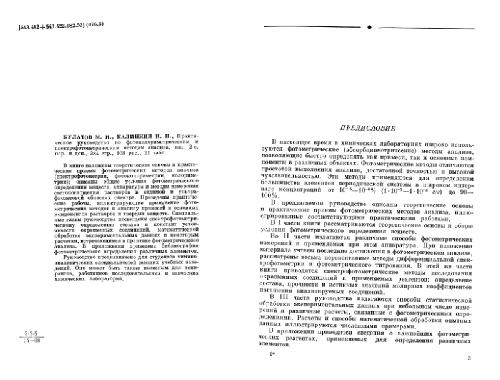
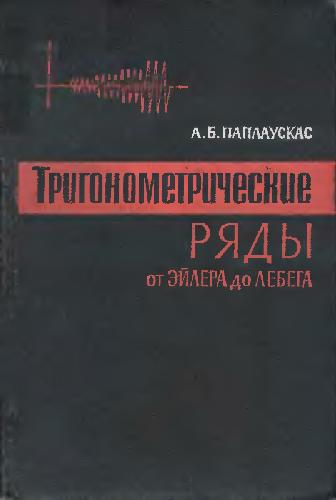
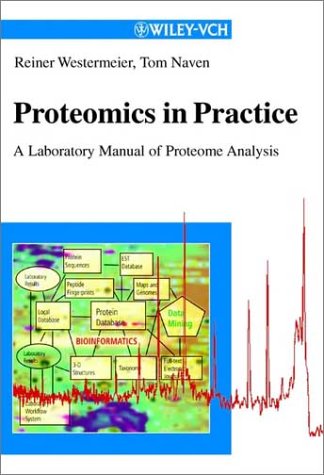
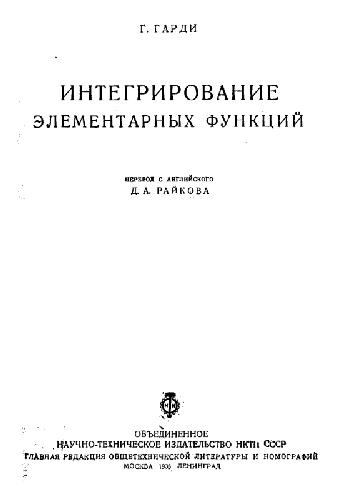
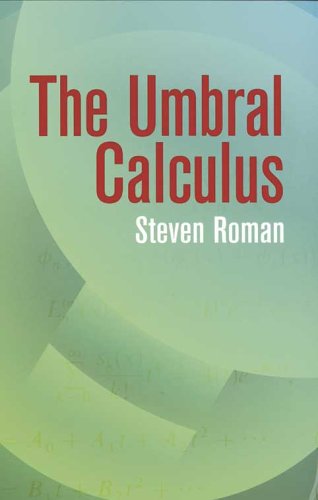
Reviews
There are no reviews yet.